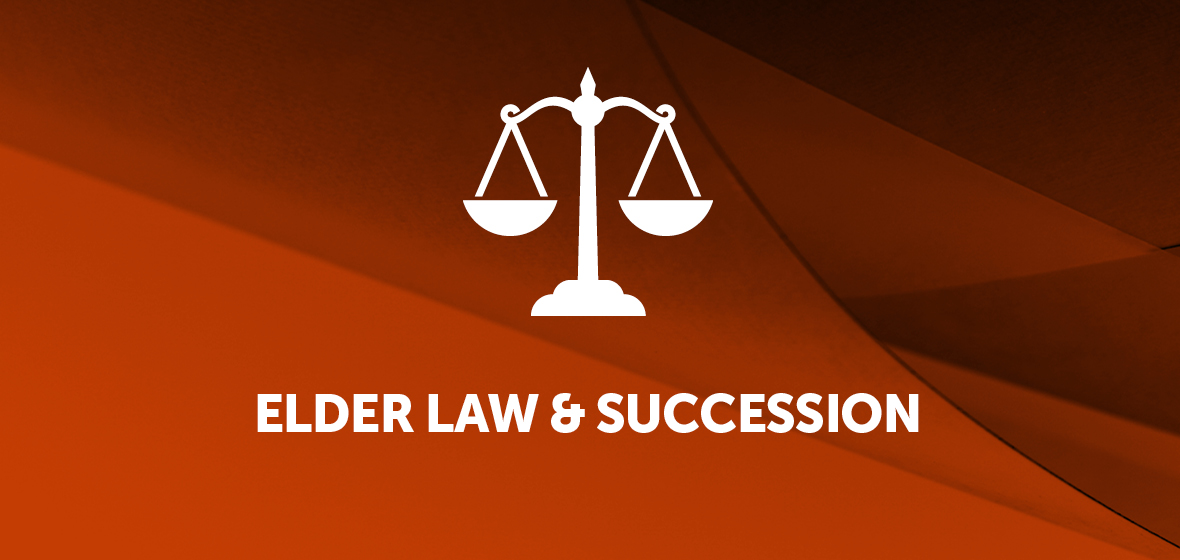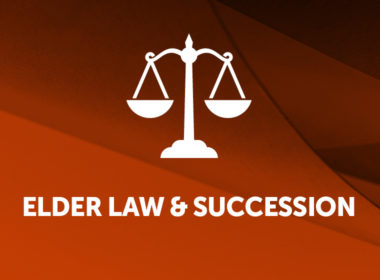Key decisions
-
Revised Best Practice Guide
-
Re Estate of P Mirabella (dec’d) [2023] VSC 185 (Rectification)
-
Application of Doolan [2023] NSWSC 320 (Judicial advice)
-
In re the estate of Loo (Deceased) [2023] NSWSC 519 (Special grant)
-
Thompson v Sutherland [2023] WASC 206 (Informal will)
-
Banks’ management of deceased estates
-
Succession and Probate List
Revised Best Practice Guide
Two best practice guides were launched on World Elder Abuse Awareness Day by the Law Council of Australia (‘LCA’). The ‘Best practice guide for legal practitioners in relation to elder financial abuse’ is a revised version of a guide first published in September 2020. The 2020 guide was designed to implement a recommendation of the Australian Law Reform Commission’s (‘ALRC’) report, Elder Abuse, A National Legal Response, Report Number 131 (2017). The revised version has the same objective but has been expanded to provide a fuller exposition of the issues. The second guide is the ‘Best practice guide for legal practitioners on assessing mental capacity‘. In my experience, the legal profession sometimes struggles with the crucial, but sometimes difficult and troubling, task of assessing a client’s mental (including testamentary) capacity.
Rectification of will to reflect testator’s intentions
Paulo Mirabella owned 50 per cent of the voting shares in a trading company selling lights. He had four adult children with a history of friction particularly between the plaintiff and defendant concerning their late father’s will (at [6]). Paulo made a will in 2006 giving his shares to his children ‘in equal shares’. The 2006 will was witnessed by Paulo’s solicitor who was appointed as an alternate executor. This led the will to be remade in 2007. The provisions of the 2006 will and the 2007 will were largely identical however the 2007 will omitted the words ‘in equal shares’ because the solicitor used the wrong draft of the 2006 will as a template. An application was brought to rectify the 2007 will by inserting the missing words.
The Court first construed the 2007 will and set out to find the scheme of the will. That was elusive because it was evident ‘that there is a considerable degree of imprecision and even an apparent element of confusion in the scheme of the relevant clauses of the will’ (Re Estate of P Mirabella (dec’d) [2023] VSC 185 (O’Meara J) at [78]).
The Court considered authority on whether ‘equally’ designated a joint tenancy or tenancy in common. It concluded that this depended on the construction of the particular will as a whole (at [92]). Having regard to Paulo’s wills, the Court concluded the testator’s intention was to give his company shares in separate and equal parts to the four children (at [104]–[105]).


